
Pengantar Makanan Korea
About K-food
외식업협의회
0
3,567
2020.09.15 15:30
짧은주소
- - 게시글 링크복사:
본문
Korean cuisine is the customary cooking traditions and practices of the culinary arts of Korea. Korean cuisine has evolved through centuries of social and political change. Originating from ancient agricultural and nomadic traditions in Korea and southern Manchuria, Korean cuisine has evolved through a complex interaction of the natural environment and different cultural trends.
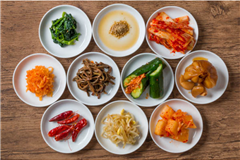
Korean cuisine is largely based on rice, vegetables, and meats. Traditional Korean meals are named for the number of side dishes that accompany steam-cooked short-grain rice. Kimchi is served at nearly every meal. Commonly used ingredients include sesame oil, doenjang (fermented bean paste), soy sauce, salt, garlic, ginger, gochugaru (pepper flakes), gochujang (fermented red chili paste) and napa cabbage.
5 Korean Side Dishes You Need To Try
Side dishes aren’t made just to sit on the edge of the table while you eat the main course. They are a part of the meal, part of the experience. In Korean cuisine, Banchan (반찬) are side dishes that are usually served with rice. Banchan can come in any form, from soup to pickled bean sprouts; There are hundreds of banchan out there but here are just a few that can introduce your taste buds to an entirely new world of flavor.
The classic soybean paste stew, Doenjang-jjigae (된장찌개), is one of the most popular stews in Korea. It’s made of vegetables, seafood or pork and doenjang (된장) which is fermented soybean paste. Doenjang-jjigae can be eaten for breakfast, lunch, and dinner. There’s nothing better than Doenjang-jjigae on a cold day, it’s comforting and delicious; this stew gives you a piece of Korea, you can enjoy from anywhere. It’s usually a homemade dish. This savory stew is worth all the work.
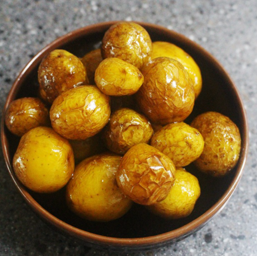
If soup isn’t your kind of side dish, then there’s Gamja-jorim (감자조림), which is potatoes braised in soy sauce. All you need for this side dish are potatoes, soy sauce, dry sea kelp, and green onions. There’s no need to worry if your not an expert cook and you’re afraid about messing it up. This is one of the easier dishes to make.
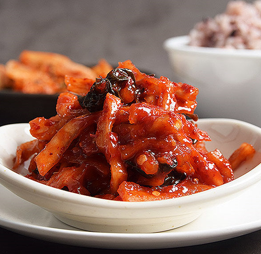
For those of you who liked pickled side dishes like kimchi, try Mumallaengi-muchim (무말랭이무침). These seasoned dried radish strips are slightly crunchy and taste great with just about any other dishes. You can get radish strips at any Korean grocery store and Mumallaengi-muchim can be found at some Korean restaurants.
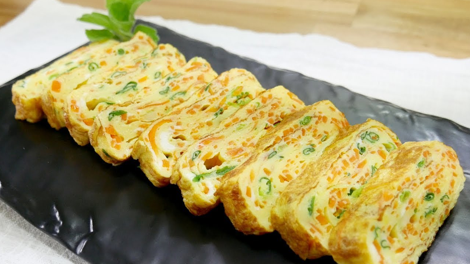
Do you want an excellent banchan? How about Gyeran-mari (계란말이)? This rolled up omelet is perfect for a lunchbox and it’s also a popular drinking food in Korea. You can put anything in them if you want to, things like green onions and carrots if you want something simple. Gim (김) or seaweed is another ingredient you can add to this side dish. They’re bite-sized and packed with flavor.
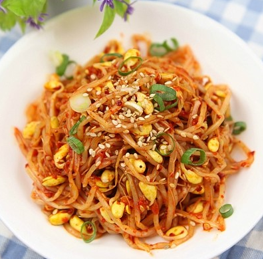
For those vegetable lovers who just can’t get enough, there’s Kongnamul Muchim (콩나물 무침), also known as seasoned bean sprouts. This dish is quite common and can be found in most Korean restaurants. It can also be easily made at home with easy to follow steps. Crazy Korean Cooking can help you out on your cooking adventure with their recipe. It can be made spicy or non-spicy, it’s all up to you and your preferences.
With so many side dishes, the possibilities are endless. Do yourself a favor and try them out; make them, buy them or try them at a restaurant. Whatever you choose you won’t be disappointed.
Ingredients and dishes vary by province. Many regional dishes have become national, and dishes that were once regional have proliferated in different variations across the country. Korean royal court cuisine once brought all of the unique regional specialties together for the royal family. Foods are regulated by Korean cultural etiquette.
























댓글목록
등록된 댓글이 없습니다.